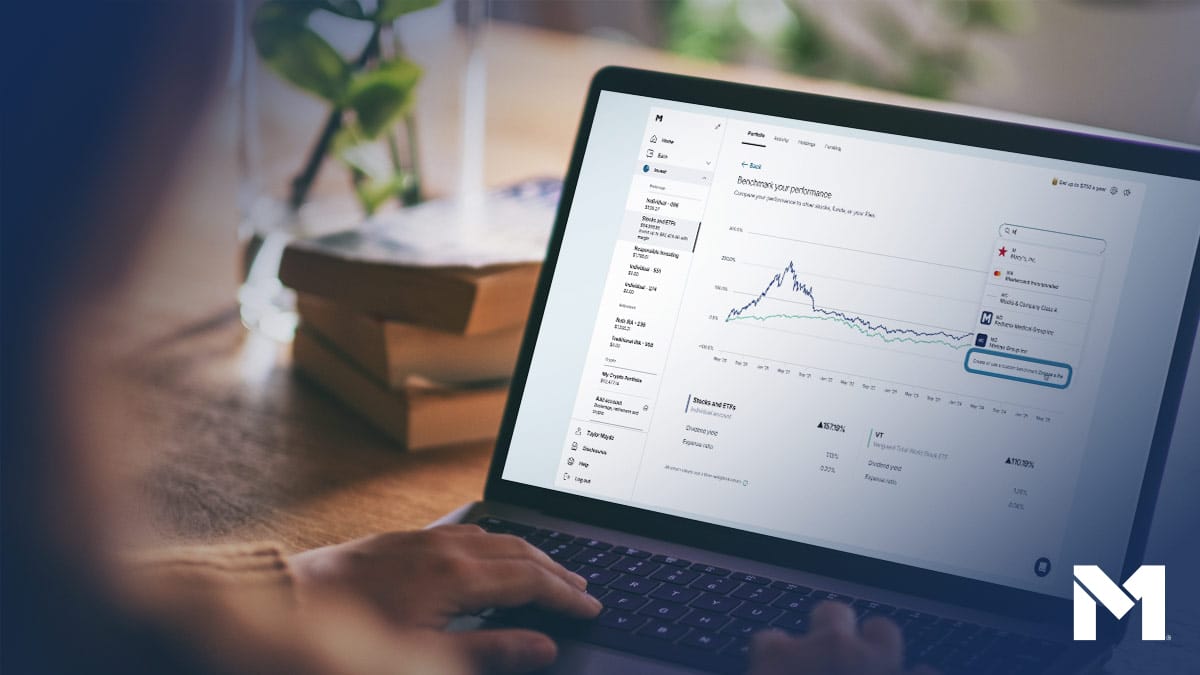The drink in your hand isn’t always an easy pour

The morning cup of joe and end-of-day cold beer are simple pleasures for many. I’m an iced latte and IPA kind of guy personally. While these indulgences may be a small line item in your budget, they are massive movers for the economy.
In 2022, the beer and coffee industries in the U.S. had over $409 billion and $343 billion in total economic impact, respectively. Despite this, both the coffee and beer industries are facing their own set of challenges.
So whatever your taste buds like, here’s what you need to know about these industries going into 2024.
Cold beer is having a bit of an identity crisis
After a stressful day in your spare bedroom on Zoom calls, a cold beer can sound like a great way to unwind. But for many, that nightcap drink of choice is changing.
First, overall alcohol consumption in the United States is growing. According to this article, we drink as much now as Americans did during the Civil War. The average American consumed 2.51 gallons of combined alcohol in 2021, compared to 2.15 gallons in 1995, according to the National Institute on Alcohol Abuse and Alcoholism. However, the amount of beer consumed beer is down roughly 15% since the mid-1990s and continues to lose market share. In 2023 alone, total beer sales fell 5% — the lowest level in more than two decades.
But for those that have a taste for beer and want to spend more on craft brew, small breweries are facing their own headwinds. In 2023, craft beer production fell for the first time on record (not including 2020) with over 380 breweries shutting their doors for the final time. The overall reduction is being attributed to several factors, including more competition in the alcohol industry overall and climate change impacting hops and barley harvests.
But one trend is shifting the entire beer industry as some consumers are trading gold for green.
A recent analysis shows that states that have legalized cannabis have shown a notable decrease in overall alcohol sales, with a survey suggesting that over 2/3 of consumers who use cannabis say they’ve cut back on drinking. And those that are cutting back on drinking cite health concerns, with nearly 40% of Americans saying one to two drinks a day is bad for one’s health. This reflects an overall shift in consumer preference away to alternatives like marijuana, which is viewed as “less harmful” according to a recent Gallup poll.
Moreover, consumers are choosing beverages like functional health drinks, bubble tea and fermented drinks like kombucha and water kefir, among others.
And finally, the king of brewers, Anheuser-Busch is continuing to pick up the pieces from the conservative-run boycott of Bud Light after the company hired Dylan Mulvaney, a trans influencer, to promote the drink. Sales are still struggling to get back to what they once were.
Coffee fuels workers, but stock prices lag
Whether Starbucks Coffee introduces new food items, changes their policy with reusable cups, or releases a new Stanley cup collaboration, it seems to make headline news. And for good reason: Americans take their coffee seriously. Consumers drink roughly 400 million cups of coffee per year and spend approximately $2,000 per year on their caffeine.
However, producers simply can’t keep up, as coffee consumption is now outpacing production. This means your morning jolt has likely become more expensive and will likely continue to become pricier. From 2011 to 2021, the price of coffee remained stable and even slumped a bit. Since July 2021, coffee prices are up 21% according to the Federal Reserve.
And with people spending more time at home, and the rise of #coffeetok on TikTok, consumers are investing in their own coffee routine and supplies rather than running to their local Starbucks or Dunkin every morning.
But despite the growing demand, coffee stocks didn’t perform well in 2023. Starbucks, Keurig, and J.M. Smucker (which owns Folgers and the at-home retail business of Dunkin) all ended 2023 in the red, with Dutch Bros having a modest gain. Last year, Starbucks fought a costly battle against a unionization drive, lost market share in China against rival Luckin Coffee, and missed its quarterly sales estimates in Q3. J.M. Smucker lowered its prices due to the price of raw coffee falling from April to November, leading to losses in its largest business unit. Lastly, in Keurig Dr. Pepper’s last earnings report, the company stated that net sales and pod revenue were both down in its coffee division.
These reports and news events brewed an unappealing situation for investors.
Tasty drinks, bitter results
Investors may choose to purchase stock in the companies they spend money with. But it’s also worth noting the overall consumer landscape and performance of a stock to see if the company is worth investing in.
But most importantly, be sure to hydrate before you make any investment decisions to clear away any headaches that are caffeine- or alcohol-induced.
20240112-3319868-10545893
- Categories
- Invest



